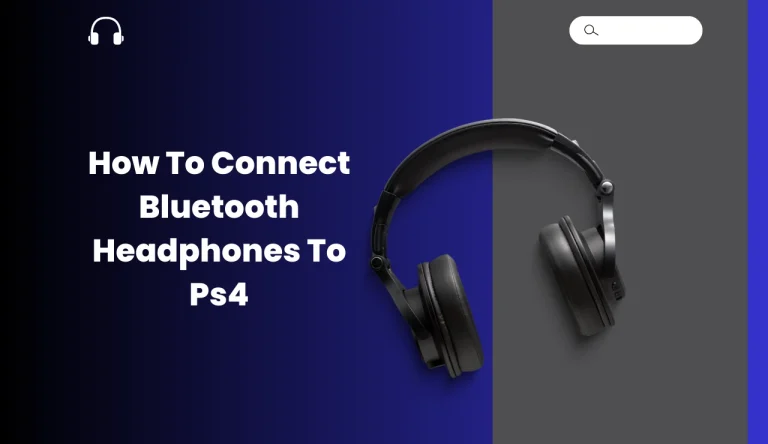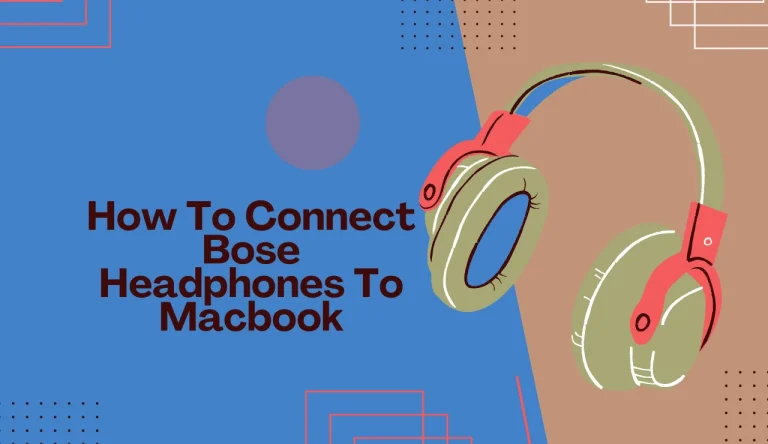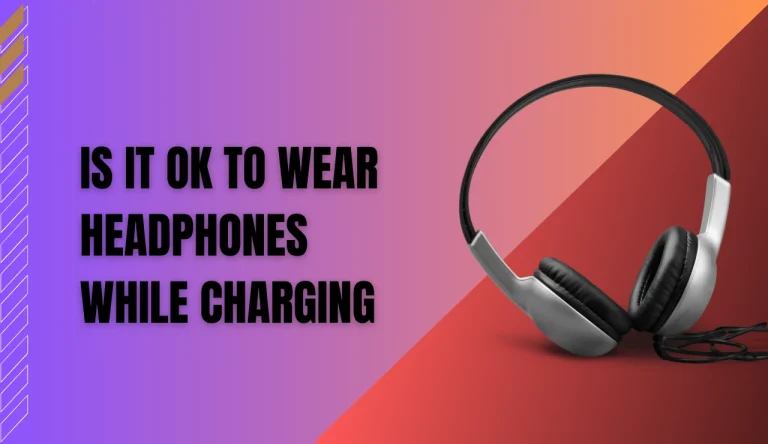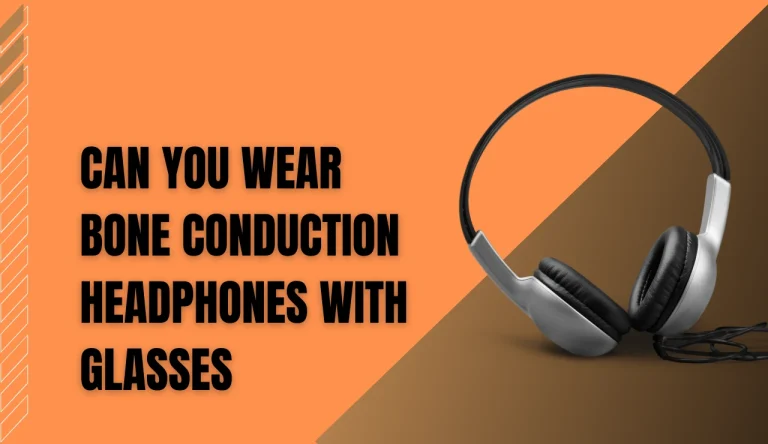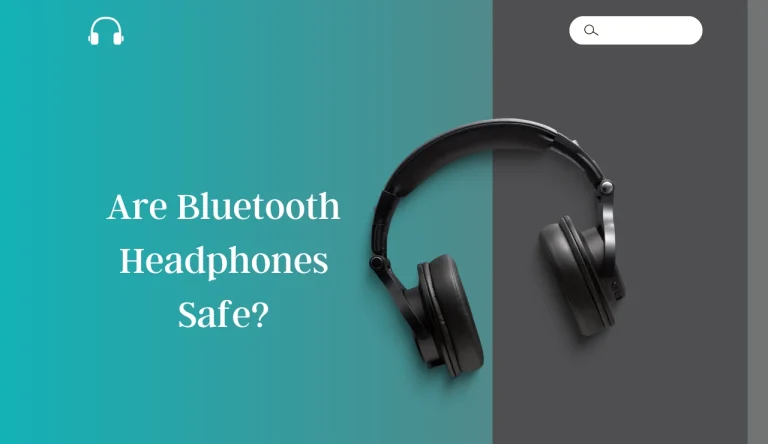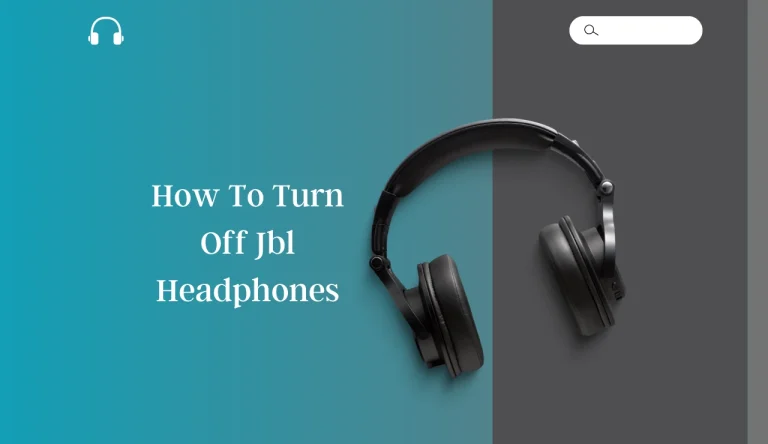How Do Noise Cancelling Headphones Work
Do you ever find yourself struggling to focus or relax due to the constant background noise around you? How Do Noise Cancelling Headphones Work? Noise cancelling headphones may be the solution you’ve been looking for. These remarkable devices use advanced technology to eliminate unwanted sounds and create a more serene listening experience.
But how exactly do they work? In this article, we will delve into the intricate workings of noise cancelling headphones. You will discover the difference between active noise cancellation and passive noise isolation, as well as how these headphones detect and analyze ambient noise.
We will explore the fascinating process of creating anti-noise and discuss the benefits and limitations of this innovative technology. Additionally, we will provide helpful tips for choosing and using noise cancelling headphones effectively.
Get ready to immerse yourself in a world of tranquility with a deep understanding of how these incredible devices function.
Key Takeaways
- Noise cancelling headphones use advanced technology to eliminate unwanted sounds and create a serene listening experience.
- They work by analyzing incoming sound waves and producing an inverted version of those waves to cancel each other out.
- Active noise cancellation uses microphones to capture external sounds and generates sound waves that cancel out the incoming noise.
- Noise cancelling headphones have larger drivers and offer a wider frequency response and better soundstage compared to earbuds.
Overview of Noise Cancelling Technology
So, let’s talk about how noise cancelling headphones actually work and give you a better understanding of the technology behind them.
Noise cancelling headphones use advanced noise cancellation algorithms to reduce unwanted background sounds. These algorithms work by analyzing the incoming sound waves and producing an inverted version of those waves. When these two waveforms combine, they cancel each other out, effectively reducing the overall noise level.
The effectiveness of noise cancelling technology depends on several factors, such as the quality of the microphones used to capture external sounds and the accuracy of the algorithms employed. Higher-end models often have multiple microphones strategically placed to capture sound from different directions, resulting in more precise cancellation.
Now that we’ve covered how noise cancelling technology works, let’s move on to discussing active noise cancellation vs. passive noise isolation without skipping a beat.
Active Noise Cancellation vs. Passive Noise Isolation
Imagine wearing headphones that actively block out all the surrounding sounds, creating a peaceful and immersive listening experience. Active noise cancellation technology achieves this by using microphones to capture external sounds and then generating sound waves that are exactly opposite in phase to the original sounds. These generated sound waves effectively cancel out the incoming noise, resulting in a quieter environment for your ears.
To fully enjoy the benefits of active noise cancellation, it’s important to understand the limitations of passive noise isolation methods. While passive methods such as ear cups or foam padding can reduce external noises to some extent, they can’t completely eliminate them like active noise cancellation technology does. Active noise cancellation goes beyond simple sound blocking by providing real-time adjustments based on the surrounding audio environment.
As we move into discussing how noise-canceling headphones detect and analyze noise, it’s essential to grasp how active noise cancellation technology enhances our listening experiences by effectively eliminating unwanted background noises.
How Noise Cancelling Headphones Detect and Analyze Noise

To fully appreciate the benefits of active noise cancellation, it’s crucial to understand how these headphones detect and analyze surrounding sounds.
Noise cancelling headphones employ advanced noise detection algorithms and frequency analysis techniques to achieve this. First, they use tiny microphones located on the outside of the earcups to capture the ambient sound around you. These microphones pick up both low-frequency and high-frequency noises.
Next, the captured sound is sent to a digital signal processor (DSP) that analyzes its frequency components in real-time. This analysis helps identify the unwanted noise that needs to be cancelled out.
The DSP then generates an inverted wave, known as anti-noise, which is played through the headphone speakers simultaneously with the original audio content. This process creates a destructive interference effect that effectively cancels out external noise and enhances your listening experience.
Now let’s delve into the subsequent section about ‘the process of creating anti-noise’ without writing ‘step’.
The Process of Creating Anti-Noise
To create anti-noise, the headphones utilize a complex algorithm that analyzes the frequency components of surrounding sounds and generates an inverted wave to cancel them out.
The creation process involves several noise reduction techniques. First, the headphones use microphones to capture ambient sounds. These sounds are then converted into electrical signals and sent to a digital signal processor (DSP). The DSP analyzes the signals and identifies their frequency components. It then generates an inverted wave with the same amplitude but opposite phase as the original sound waves.
When these two waves combine, they effectively cancel each other out, resulting in reduced or eliminated noise. This process is repeated continuously to adapt to changing environmental conditions and provide optimal noise cancellation performance.
Now let’s delve into how noise cancelling headphones compare to earbuds in terms of their effectiveness in reducing unwanted sounds without compromising audio quality.
Noise Cancelling Headphones vs. Earbuds
When it comes to reducing unwanted sounds without compromising audio quality, noise-canceling headphones and earbuds offer different options.
Noise cancelling headphones have the advantage of larger drivers, allowing for a wider frequency response and better soundstage. This means that you’ll experience more detail and clarity in your music.
However, noise cancelling earbuds are much more portable and convenient for everyday use. They fit snugly in your ears and are perfect for on-the-go activities like commuting or exercising.
While both options provide some level of noise reduction, headphones generally offer better overall noise cancellation due to their larger size and over-ear design.
On the other hand, earbuds may struggle to completely block out low-frequency noises due to their smaller form factor.
Moving forward into the benefits and limitations of noise cancelling headphones…
Benefits and Limitations of Noise Cancelling Headphones
While noise reduction technology in headphones can provide a more immersive and focused listening experience, it’s important to be aware of the limitations and potential side effects that come with extended use.
Noise cancelling headphones are often recommended for sleep or studying, as they can help block out unwanted sounds and create a quieter environment. This can be particularly beneficial for light sleepers or individuals who need concentration while studying. However, it’s crucial to note that noise cancelling headphones may not completely eliminate all external noises and some low-frequency sounds may still seep through.
Additionally, prolonged use of these headphones at high volumes can lead to ear fatigue and discomfort. Therefore, it’s essential to take breaks from wearing them and ensure that the volume levels are kept at a safe level.
Moving on to tips for choosing and using noise cancelling headphones…
Tips for Choosing and Using Noise Cancelling Headphones
Choosing the perfect pair of noise-canceling headphones can enhance your listening experience and transport you into a world of pure audio bliss. When it comes to selecting the right headphones, there are several key features to consider.
Look for headphones that offer active noise cancellation (ANC) technology, which uses microphones to analyze ambient sounds and create an opposite sound wave that cancels out unwanted noise. This technique is highly effective in reducing low-frequency sounds like airplane engines or traffic rumble.
Additionally, opt for headphones with adjustable ANC levels, as this allows you to customize the amount of noise cancellation based on your environment. Some models also feature a transparency mode that lets you hear important external sounds without removing the headphones.
By understanding these headphone features and noise reduction techniques, you can make an informed choice and maximize your auditory pleasure.
Frequently Asked Questions
Conclusion
In conclusion, noise-cancelling headphones are a remarkable piece of technology that can greatly enhance your listening experience. They work by actively detecting and analyzing surrounding noise. These headphones generate anti-noise signals to cancel out unwanted sounds. This advanced process effectively isolates you from the external environment, allowing you to fully immerse yourself in your music or audio.
While there may be some limitations and considerations when choosing and using noise-cancelling headphones, their benefits far outweigh any drawbacks. Invest in a pair today and enjoy a truly immersive audio experience like never before.

